
Francisco Goya, Detail of El Tres de Mayo (The Third of May), 1814. Oil on canvas. 106 x 137 in. Museo del Prado, Madrid.
The Museo Nacional del Prado, or Prado Museum, was founded in 1819 and is located in Madrid. The collection began with and still significantly consists of items from the Spanish Royal Family’s collection. As such, many of the artworks in this list were commissioned by past royals.
While heavily representative of Spain and Spanish artists—Francisco Goya is the museum's most represented artist—the Prado is still incredibly international with countless works by Dürer, Rembrandt, Raphael, Caravaggio, and more. In fact, the museum holds the largest collection of Italian art outside of Italy. Many credit this to the influence of the Spanish painter Diego Velázquez, whose work was so popular with Italians that it inspired many to come to Spain and paint.




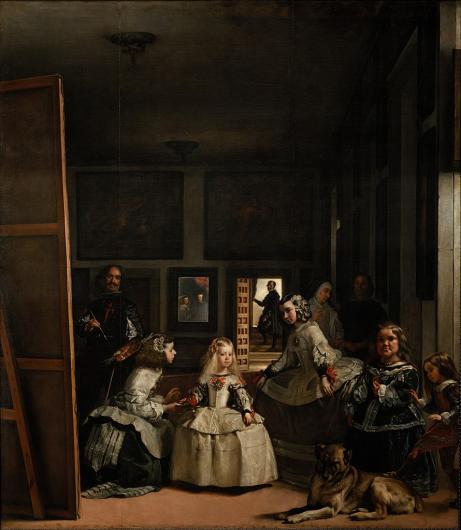
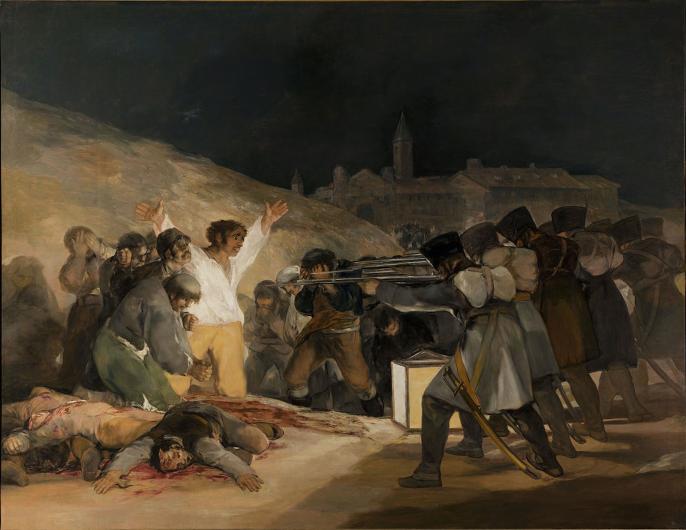
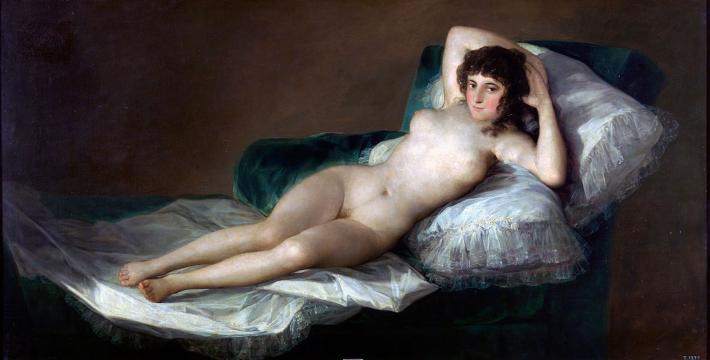

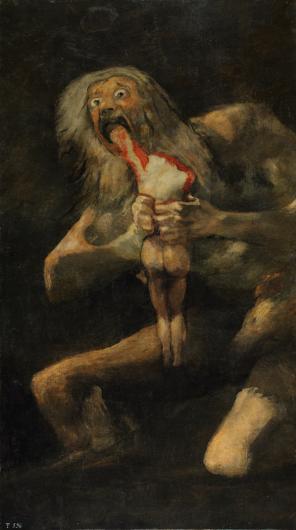
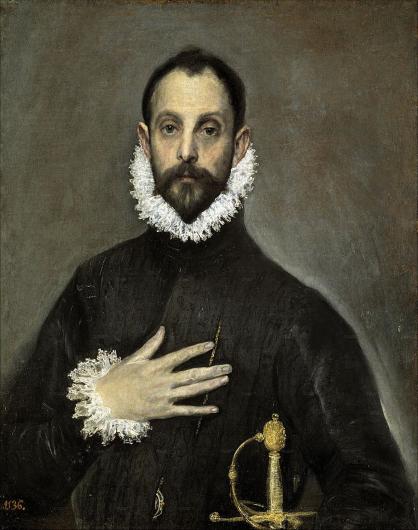














![DEl Kathryn Barton [Australian b. 1972] the more than human love , 2025 Acrylic on French linen 78 3/4 x 137 3/4 inches 200 x 350 cm Framed dimensions: 79 7/8 x 139 inches 203 x 353 cm](/sites/default/files/styles/image_5_column/public/ab15211bartonthe-more-human-lovelg.jpg?itok=wW_Qrve3)




